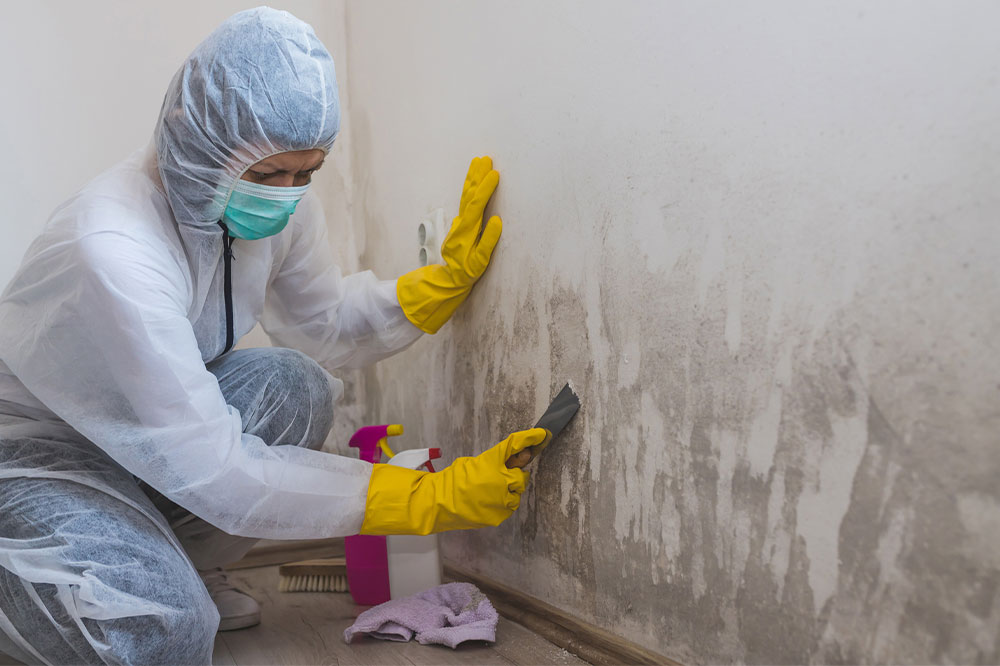Proven Methods to Control Mold-Related Health Risks
Learn effective strategies to control mold growth and mitigate health risks. The article discusses common indoor molds, their impact on health, and practical prevention tips such as moisture control, ventilation, and fungal-resistant materials. Protect your health by understanding mold sources and managing indoor environments to reduce exposure, especially for vulnerable individuals. Essential for homeowners, property managers, and health professionals seeking mold mitigation solutions.

Proven Methods to Control Mold-Related Health Risks
Mold, a type of fungus that forms thread-like structures, can develop indoors throughout the year. Common indoor mold species include:
Cladosporium
Penicillium
Alternaria
Aspergillus
Stachybotrys chartarum
Stachybotrys, often called black mold, appears greenish-black and feeds on cellulose-rich items like wood, paper, and dust. Mold spreads via spores suspended in the air, often invisible to the naked eye. These spores can survive in dry conditions and disperse with wind when moisture levels are high.
Molds are vital in nature for breaking down organic matter such as leaves and compost, especially in damp, dark outdoor spaces.
Indoor mold growth is encouraged by factors like:
Excess moisture
Warm temperatures
High humidity
Presence of mold indoors can harm surfaces and impact health. Common areas affected include bathrooms, basements, drywall, ceilings, carpets, furniture, ventilation ducts, roofing, and wallpapers. Mold enters homes through open windows, doors, vents, contact with pets, contaminated shoes, food items, or indoor plants.
Not all molds are harmful. Some, such as those used in cheese making (e.g., Brie, Gorgonzola, Stilton), are safe for consumption.
Health Risks Associated with Mold Exposure
Allergic responses
Production of mycotoxins in certain cases
While not all molds produce toxins, allergy symptoms are frequent. Reactions can be immediate or delayed, including:
Runny nose
Congestion
Watery eyes
Sneezing
Skin irritation
Itchy or red eyes
Exposure to mold can cause asthma flare-ups in sensitive individuals. Even those without allergies might experience eye irritation, skin issues, or coughing. Severe symptoms may include fever, breathing problems, or lung infections, especially in immunocompromised persons.
Additional Health Conditions Related to Mold
Hypersensitivity Pneumonitis: Lung inflammation triggered by mold spores, common in dusty work environments.
Allergic Bronchopulmonary Aspergillosis: Lung reactions seen in individuals with asthma or cystic fibrosis.
Allergic Fungal Sinusitis: Sinus inflammation caused by mold exposure.
Strategies to Manage Mold-Related Health Issues
Proper treatment involves addressing allergy symptoms, often with antifungal medications and therapies to support respiratory health. For asthma patients, treatment varies based on severity. Those with weakened immune systems tend to experience more persistent or intense reactions.
Antifungal treatments
Respiratory therapies
Preventing mold involves minimizing exposure, especially for high-risk groups. Key factors include family history of allergies, occupational exposures like farming or gardening, indoor humidity above 50%, leaks, and poor ventilation. To prevent mold growth, manage indoor moisture by repairing leaks promptly, drying wet areas within 24–48 hours, using dehumidifiers, ensuring proper airflow, and applying mold-resistant paints.


